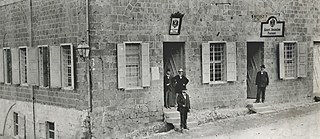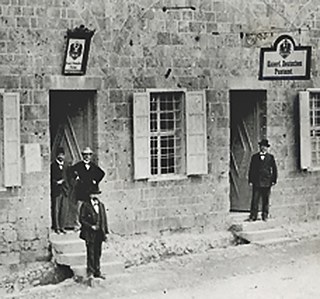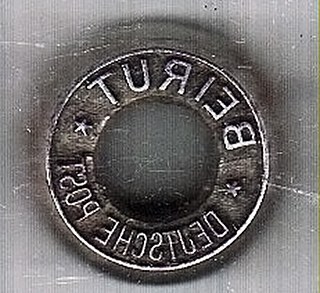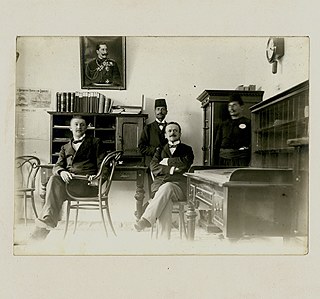Traces of Germany in Lebanon
The German Post Office in Beirut

It’s unknown if mail coaches, which are enshrined in German collective memory by a famous folk song, ever rolled through the streets of Beirut. We also don’t know exactly where in Beirut the ‘Kaiserlich-Deutsches Postamt’ (Imperial German Post Office) was located at the beginning of the 20th century. It was most probably close to the other German institutions in the so-called ‘Rue de Prusse’.
It’s unknown if mail coaches, which are enshrined in German collective memory by a famous folk song, ever rolled through the streets of Beirut. We also don’t know exactly where in Beirut the ‘Kaiserlich-Deutsches Postamt’ (Imperial German Post Office) was located at the beginning of the 20th century. It was most probably close to the other German institutions in the so-called ‘Rue de Prusse’.
The Beirut Post Office was founded in 1900 as a branch of the Imperial German Post Office that had opened in Galata, now part of modern-day Istanbul, in 1870. In addition to further branches within modern-day Istanbul’s city limits, the German Post Office had a number of foreign branches throughout the Ottoman Empire: in Jaffa, Jerusalem and Smyrna, the modern-day İzmir.
The Museum for Communication Berlin has four exterior and interior views of the post office in its collection, as well as the stamping head of a double circle handstamp with the lettering “Deutsche Post * BEIRUT *” circumferentially engraved between the circles. Regrettably, most of the listed artifacts, including the post office flag, can no longer be found.
As it happens, the handstamp wasn’t in use for long: the outbreak of World War I brought the almost forgotten history of the German post office in Beirut to an abrupt end in 1914.


